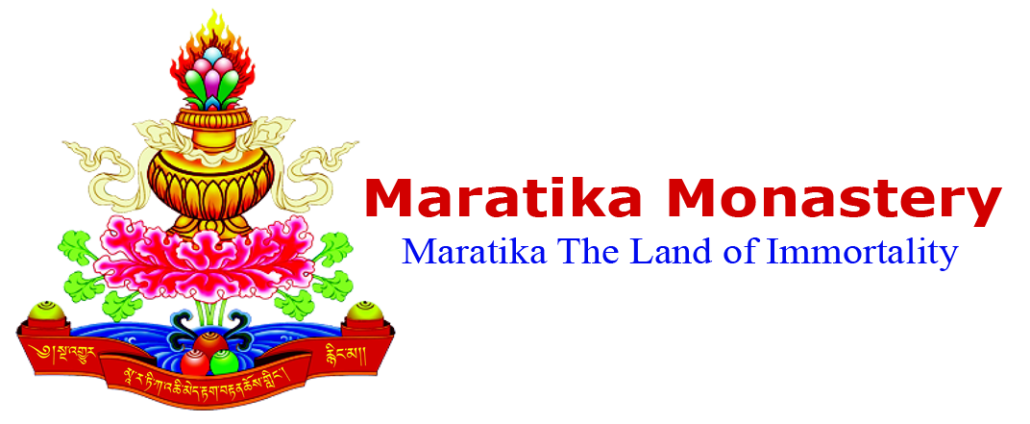The festivals of Maratika
There are many festivals in Maratika such as Shivaratri, Bhalachaturdasi, Ramnavami, which are festivals of both Buddhists and Hindus. During these festivals thousands of pilgrims attend and visit the caves and monastery of Maratika.
At the Buddhist monastery of Chimey Takten Choling there are daily schedule of practice and ritual. Daily the monks practice their rituals in the morning and evening. In the morning they perform fire offerings and long life pujas (ceremonies). In the evening the monks perform Dharma jobitel.com protector practices, and during the day they take regular classes. Visitors are welcome in the monastery and may attend any practice or puja that is taking place. There are also specific practices done on the special days of the lunar month:
8th day Medicine Buddha and Tara
10th day Guru Rinpoche
15th day Amitabha Buddha
25th day Dakini
29th day Dharmapala
30th Shakyamuni Buddha and Naga Puja
(all according to the Tibetan calendar)
The main festival of the Maratika Chimey
Takten Choling monastery
Saga Dawa:
Buddha Shakyamuni’s enlightenment in Bodhagaya and his paranirvana on this day. xjobs.org/ Effects of positive or negative actions multiplied 10 million times.
Birth of Buddha:
Nyungne (Fasting puja)
Tsedrup Drupchen for 7 days
( a practice on Amitayus Terma discovered by Terdak lingpa).
Kusung Thukthik Drupchen for 7 days.
(a practice on three Kaya, Padmasambahava, Awalokitesavara and Amitabha, a Terma discovered by Terton Trulshik Donga Lingpa).
Mani Rimdu Drupchen for 7 days.
( a practice on red-Awalokitesvara a Terma discovered by Terdak Lingpa).
The Mani Rimdu festival or (deshek kundu drupchen) usually occurs at the beginning of theTibetan New Year, around January or February, and lasts for about 7 days. At the end of the Mani Rimdu festival, the monks performs a Lama dance and the festival ends with the long life empowerments.
General Public festival of Maratika
SHIVARATRI The Great Shiva Festival February/March The name means “the night of Shiva”. The ceremonies take place mainly at night. This is a festival observed in honour of Lord Shiva and it is believed that on this day Lord Shiva’s marriage to Parvati took place.
RAM NAWAMI Fesitval of Ram March/April Birthday of Lord Rama. Falls on the 9th day and is one of the most important festivals of the Hindus. On this auspicious day, devotees repeat the name of Rama with every breath and vow to lead a righteous life.
TEEJ (Women’s Celebration) August/September Festival for the married daughters of the house. Dedicated to the goddess Parvati, commemorating her union with Lord Shiva. The festival is also dedicated to goddess Paravati and commemorates the day when she was united with Lord Shiva after a penance of a hundred years. It is believed that invocation of Paravati’s blessings on this day results in continued marital bliss.
DASHAIN (lasts about one month)Biggest festival of the year. Goddess Durga in all her manifestations is worshiped with pujas, offerings and animal sacrifices.
Dashain commemorates a victory of the gods over the wicked demons.
One victory story told is the Ramayan, where lord Ram after a struggle slaughtered Ravana,the king of demons. It is said that lord Ram was successful in battle only when goddess Durga was invoked.
TIHAR (lasts about five days)
Tihar means festival of lights, when candles are lit inside and outside homes and businesses to welcome Laxmi, goddess of wealth and prosperity. On other days of the festival, reverence is paid to humans, gods, crows, cows and dogs, believed to be the gate keepers of the higher realms.
BALA CHATURDASI Festival of the Dead
This festival is an all night vigil by the light of small wick lamps.
